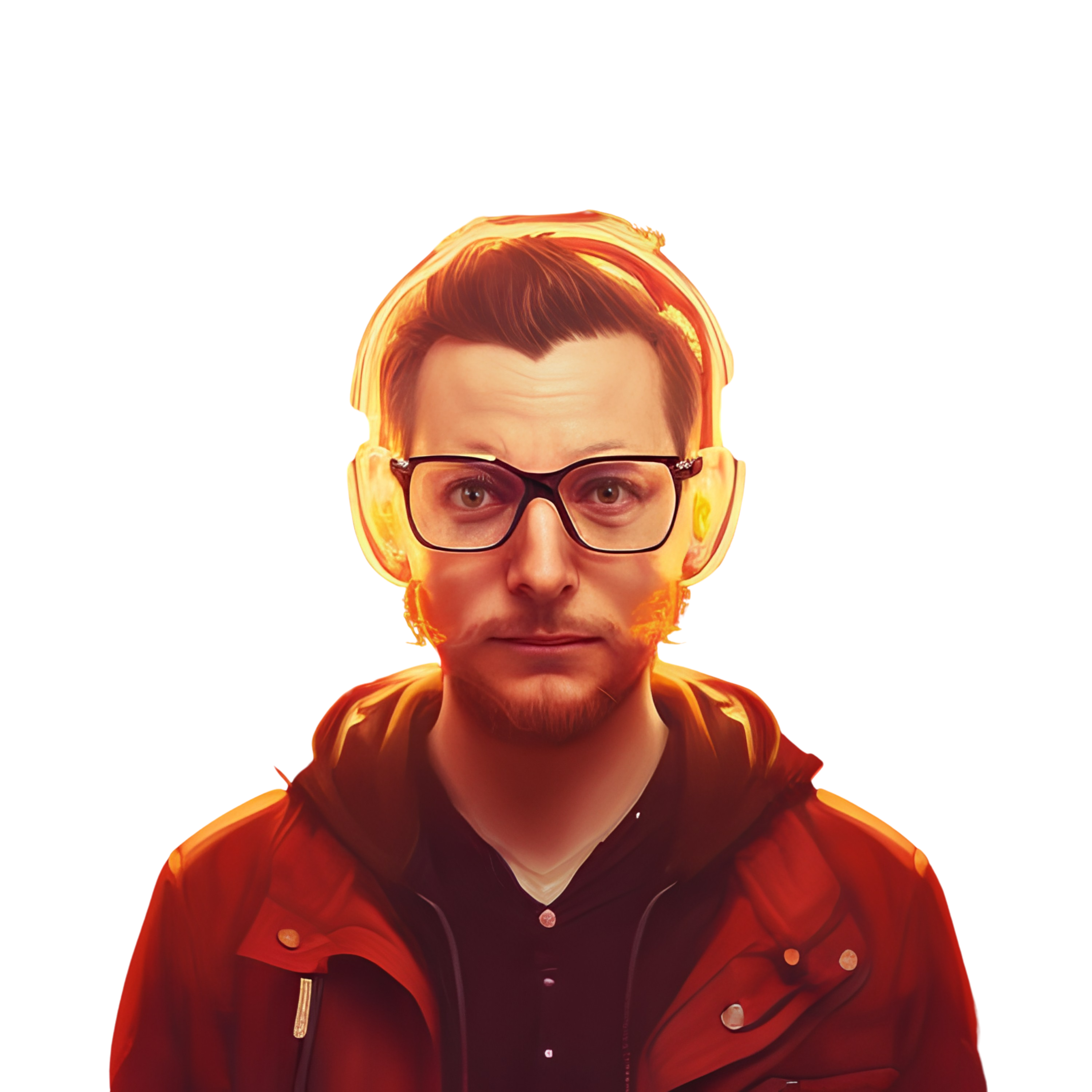AI art has been a hot topic in the art world for the past few years, and the debate about whether it can be considered " real" art has been ongoing. Some people believe that AI art is simply the result of algorithms and cannot compare to the creativity and emotion a human artist puts into their work. However, others argue that AI art is a valid form of art, as it requires a certain level of creativity and decision-making by the artist who writes the prompts that generate it.
One of the key arguments in favour of AI art is that it often combines elements of traditional art and technology uniquely. Unlike conventional art, AI art is not limited by the physical abilities of the artist. It can be created on a scale impossible for a human artist to achieve. Additionally, AI art often incorporates elements of randomness, which can result in new and unexpected combinations of colours, shapes, and patterns that would be difficult for human artists to develop on their own.
Another argument favouring AI art is that it often pushes the boundaries of what is considered art in the traditional sense. For example, some AI art is created by algorithms that can generate infinite variations on a single theme, resulting in a never-ending stream of new and unique pieces. This type of art challenges the idea of art as a finite, one-of-a-kind object and opens up new possibilities for what art can be.
The role of the artist in AI art is also an important consideration. While the algorithms used to generate AI art are complex, they are only one part of the equation. The prompts that the artist writes to direct the algorithms are just as essential as they determine the final outcome of the piece. These prompts require a certain level of creativity and decision-making, as the artist must consider what they want the AI to focus on and how they want the final piece to look.
Additionally, the interpretation of AI art is often subjective, and the audience's response to it can vary greatly depending on their individual experiences and perspectives. This is no different from traditional art, where some people may be moved by a piece while others are not. The subjectivity of AI art suggests that it can evoke emotions and inspire thoughts in the same way that traditional art can.
Of course, there are also valid concerns about the role of AI in the art world and the impact it may have on traditional artists. Some people worry that AI art will make human artists obsolete or homogenize the art world and remove the uniqueness that makes art so unique. However, these concerns will likely be overblown, as AI art and traditional art will likely coexist for the foreseeable future.
In conclusion, AI art is a valid form of art that should not be dismissed because it is generated by algorithms. The prompts that artists write to generate AI art require creativity and decision-making, and the resulting pieces can evoke emotions and inspire thoughts in the same way that traditional art can. While there are certainly valid concerns about the impact of AI on the art world, it is clear that AI art is here to stay and has the potential to push the boundaries of what we consider art and open up new possibilities for expression and creativity.
